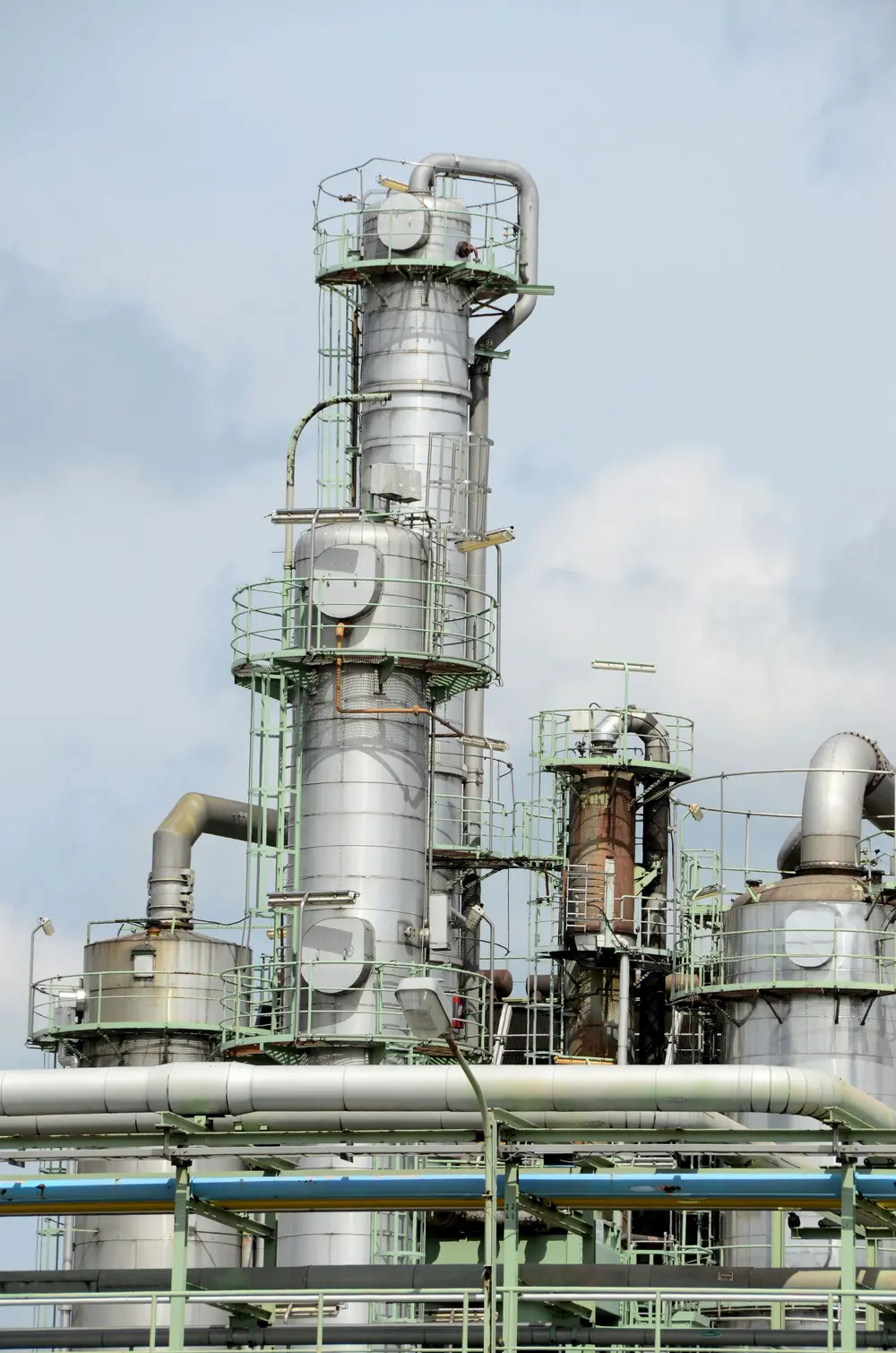Industrial Geotechnical & Environmental Services
Contaminated Land Assessment
Comprehensive Phase 1 and Phase 2 environmental site investigations compliant with EPA Victoria. We identify, assess, and manage contamination risks for industrial properties.
- Phase 1 Preliminary Site Investigation
- Phase 2 Detailed Site Investigation
- NEPM contamination assessment
- Groundwater impact assessment
Manufacturing Facility Foundations
Geotechnical design for heavy industrial facilities, including machinery foundations, warehouse slabs, and industrial pavement systems capable of handling extreme loads.
- Heavy machinery foundations
- Industrial slab design
- Vibration isolation systems
- Heavy duty pavement design
Environmental Compliance
Complete EPA Victoria compliance support including environmental audits, waste classification, and regulatory approvals for industrial operations and site remediation projects.
- EPA Victoria approvals
- Soil waste classification
- Environmental management plans
- Remediation validation
Advanced Laboratory Testing
NATA accredited laboratory services for soil, groundwater, and waste analysis. Testing for contamination identification and geotechnical characterization.
- Heavy metals analysis
- Hydrocarbon contamination
- VOC & SVOC testing
- Geotechnical soil properties
Site Remediation Design
Strategies for remediation of contaminated industrial sites including soil treatment, groundwater treatment, and ongoing monitoring to achieve compliance.
- In-situ remediation design
- Groundwater treatment systems
- Containment barrier systems
- Long-term monitoring
Industrial Development Support
Development support from site selection to construction, including due diligence, planning approvals, and construction phase monitoring for industrial projects.
- Pre-purchase due diligence
- Planning permit applications
- Construction phase services
- Risk management strategies
Industrial Sectors We Serve
Chemical & Petrochemical
Complex contamination assessment and specialized foundation design
Manufacturing
Heavy machinery foundations and industrial facility design
Energy & Utilities
Power generation facilities and utility infrastructure
Waste Management
Landfill design and waste treatment facility assessments
EPA Victoria Compliance
Our industrial environmental services ensure full compliance with EPA Victoria regulations, National Environment Protection Measures (NEPM), and Australian Standards for contaminated land management.
Industrial Project Advantages
- Specialized industrial contamination expertise
- NATA accredited laboratory testing
- EPA Victoria pre-qualified consultants
- Heavy industrial foundation design capability
Industrial Geotechnical FAQ
What NEPM compliance protocols are required for Phase 1 Environmental Site Investigations?
Phase 1 ESI follows NEPM Schedule A guidelines including systematic historical research using aerial photography analysis, title searches, government database reviews (EPA Victoria, Groundwater Victoria, Heritage Victoria), and site conceptual model development. Investigation scope includes potential contaminating activities identification, exposure pathway analysis, and assessment of current/former operations against Activity and Use Limitations under the Environmental Protection Act 2017.
How do you develop sampling strategies for heterogeneous industrial contamination?
Sampling design follows NEPM Schedule B requirements with systematic grid patterns modified for targeted investigation of contamination source areas. We implement statistical approaches using geostatistical methods, judgment-based sampling for point sources, and composite sampling protocols where appropriate. Quality assurance includes field duplicates (10% frequency), equipment blanks, travel blanks, and matrix spike recoveries per NEPM analytical quality criteria.
What groundwater monitoring protocols apply to industrial contamination plumes?
Groundwater monitoring follows AS/NZS 5667.11 protocols with monitoring well design per AS2368. Network design considers hydraulic gradients, aquifer characteristics, and contaminant transport parameters. We conduct aquifer testing (slug tests, pumping tests) to determine hydraulic conductivity, implement purging procedures achieving field parameter stabilization, and develop three-dimensional plume models using specialized hydrogeological software for contaminant fate and transport analysis.
How do you analyze dynamic loading effects for industrial machinery foundations?
Dynamic analysis incorporates machine operating frequencies, soil-structure interaction modeling using spring-damper systems, and resonance frequency calculations per ISO 2631 vibration criteria. We determine soil dynamic properties (shear modulus, damping ratio) through geophysical testing, analyze foundation response using finite element modeling, and design vibration isolation systems with appropriate mass ratios and natural frequency separation to prevent structural resonance and minimize transmission to adjacent facilities.
What EPA Victoria waste classification testing protocols are required for excavated materials?
Waste classification follows EPA Victoria Publication 448 requiring representative sampling per statistical protocols, NATA-accredited laboratory analysis including total concentration and leachability testing (TCLP where applicable), and classification per EPA Category system. Testing scope considers waste acceptance criteria variations between disposal facilities, beneficial reuse opportunities under EPA approvals, and transport classification per Dangerous Goods regulations. Documentation includes waste tracking and chain of custody procedures.
What validation and verification procedures are required for industrial remediation projects?
Remediation validation follows NEPM Schedule B(5a) protocols requiring independent verification sampling, statistical analysis of cleanup effectiveness, and long-term monitoring where applicable. Documentation includes Environmental Management Plans, waste manifests, and verification by EPA-appointed environmental auditors. Monitoring programs assess treatment system performance, groundwater quality trends, and vapor emission levels with automated data logging and real-time alert systems per EPA Victoria licence conditions.
